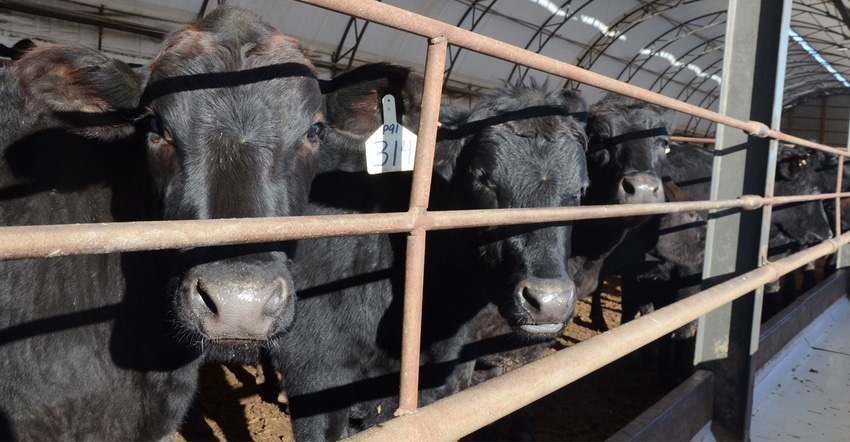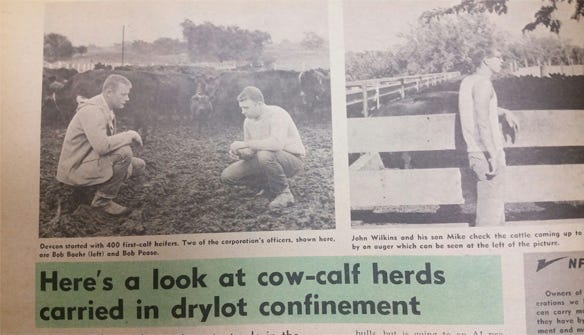February 10, 2017

Over the last several years, I've heard on several occasions that new ideas and practices in agriculture aren't always as new as they seem. That probably comes as no surprise to folks that have been farming and ranching over the last 50-plus years. But to a millennial ag journalist like me, it's always interesting to see new ideas come back into use after being dismissed initially.
It's not hard to see why — these practices fit the situation and resources available at the time.
One recent example is the cow-calf business. For the last several years we've heard about innovative producers in Nebraska, Iowa and Kansas raising pairs year-round or part of the year in an enclosed space like a drylot or hoop building. As young producers weigh their options for getting started in the beef business, where pasture acres are limited, it's a viable, competitive option. This spring, producers are coming together for the second annual Midwest Cow-Calf Symposium, which includes discussions on the latest research in these systems.
But as shown in the Sept. 4, 1965 issue of Nebraska Farmer, it's not entirely new. This issue featured two Nebraska producers raising cow-calf pairs in drylots — one near Geneva and another near Beatrice. In both operations, forage sorghum played an integral role. Sound familiar?

IT'S BEEN DONE BEFORE: Even back in the 1960s, producers in Nebraska were using drylots as a way to raise cow-calf pairs during the summer. Two producers featured in a Sept. 4, 1965, article, used sorghum sudan as a feed resource for pairs in drylots.

In some situations, this practice has been brought back as a drought management strategy. However, as mentioned earlier, it's also a great option for producers who are short on pasture acres. In these two particular scenarios, drylotting wasn't necessarily used as a way to maintain pairs year-round, but most of the year, allowing them to use shaded pastures for a couple weeks during summer.
Similar to the current systems, producers raising pairs in a drylot back in the 1960s found handling and calving were made easier, calf losses were reduced, and they could raise more head of cattle in a way that was cost-competitive for their situation. Meanwhile, both systems made heavy use of sorghum sudangrass in their rations — something that's also made a big splash in the grazing community.
However, this system didn't seem to gain much traction until the drought of 2012, when beef producers on the Great Plains, where pastures were dry, needed a means to maintain and eventually expand their herd. For some, drylots and hoop buildings have been the answer. Likewise, even after the 2012 drought, producers in the western Corn Belt looking to expand or get started in the beef business have used hoop buildings.
Sure enough, the concept received its share of push-back from people convinced these systems couldn't cash-flow. While it's true the system does take out the cow's ability to harvest her own feed and takes a higher level of management compared to set stock grazing, as pointed out by Stock Notes columnist Harold Harpster in 2012, it can and often does cut down on cow costs. Cows and heifers can be fed to meet the specific requirements for their stage in gestation, and the producer can minimize feed wastage by feeding the precise amount required. Meanwhile, for those young and progressive producers who are open to trying a new system, raising cow-calf pairs in a drylot or hoop building can be a tool to stay resilient when pasture acres are limited and make the most of the resources they have available — whether it's sorghum sudan, corn stover, dried distillers grains or ammoniated wheat straw.
You May Also Like




